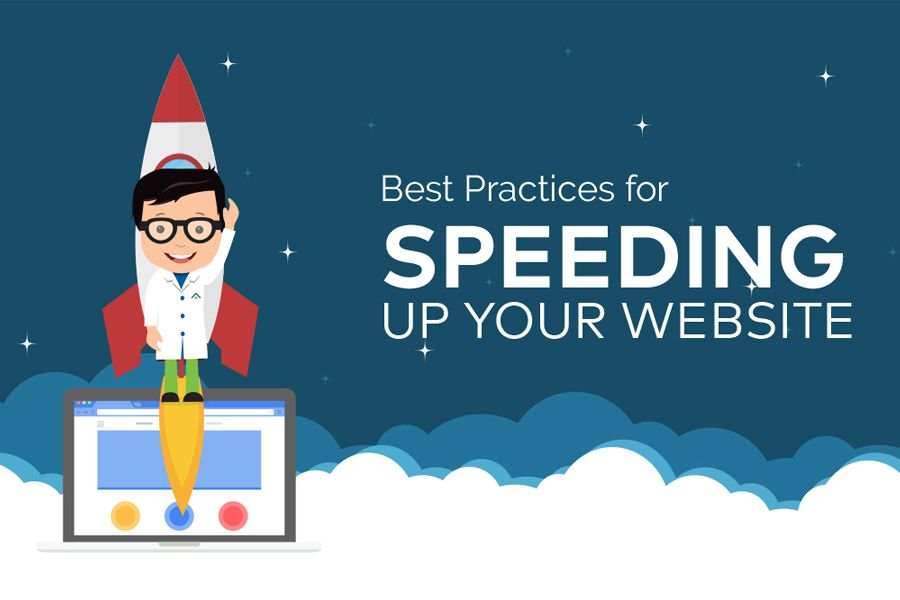Who’s got time to wait for a page to load? No one wants to wait in line at Starbucks, much less for a web page to load.
Users begin to drop off a site when its response time is longer than 2.5 seconds according to the latest reports by Forrester Research, and 80% of users stop watching a video if it buffers.
Users are less likely to stay on your website if they find they’re having to constantly wait on a page to load. Consumers have endless options when it comes to websites, and another one is only a few taps away.
Since it only takes a couple of seconds to go back and click on another Google result, if your pages don’t load as quickly as they would like, it’s highly probable that users will leave and go to another website.
In fact, a one-second delay in page load time has been shown to cause a 7% loss in conversion and 11% fewer page views.
For an online store earning $50,000 a day, that one-second delay adds up to more than $1 million in lost sales each year.
Here is one fact about website speed: Website landing pages contain a single call to action (CTA), so to make your website load fast it is important to only have a single CTA.
Landing pages with a single link in their CTA have a higher conversion rate than those with two or three links. It can be easy to fall victim to these easily-avoidable problems, especially if you aren’t aware of best SEO practices.
Common reasons that may cause your website to be slow include unnecessary redirects, and unoptimized content.
When you reduce the number of unnecessary redirects on your page, optimize images, and employ some SEO practices, you’ll find that your site will load much faster. When you ignore the fact that your pages load slowly, you risk losing sales and driving your consumers elsewhere.
It’s important to realize that your site can never be too fast and that you should always be working towards making it faster.
Even if you think your page speed is up to par, there’s never any harm in trying to make it better. Users will get frustrated and leave due to a slow page, they’ll never get fed up with it loading too quickly.
If you want to improve your website’s load speed, decrease your bounce rate, and drive traffic, then we have some tips for you.
Take a look at this infographic that will show you the best way to optimize your page load speed.
By following these best practices, you’ll be able to rank higher in search results and generate more leads for your business and encourage visitors to stay on your website.
Source TechWyse Internet Marketing
© 2018 – 2022, Priya Florence Shah. All rights reserved.
Priya Florence Shah is a bestselling author and an award-winning blogger. Check out Devi2Diva, her book on emotional self-care for women. In her spare time, Priya writes science-fiction novels and poetry and chills with her two-legged and four-legged kids.
Discover more from Business & Branding Tips
Subscribe to get the latest posts sent to your email.

